teruiermirror
Customization Plan for Oval Decorative Mirrors in European and American Styles
Customization Plan for Oval Decorative Mirrors in European and American Styles
Style Integration
Traditional European Style
For a traditional European style, focus on intricate border designs with Rococo-inspired decorative elements, such as scrollwork, shell motifs, and elaborate floral carvings, showcasing the opulence and craftsmanship of classic European aesthetics.
-
Colors: Opt for gold, bronze, or other vintage-inspired tones to evoke a sense of nobility. Gilded edges can enhance the mirror’s luxurious appeal.
Modern European Style
For a modern European (minimalist) approach, emphasize clean lines and subtle textures. The frame should feature understated geometric patterns or gentle contours, avoiding excessive ornamentation.
-
Colors: Soft hues like white, light gray, or muted pastels work well. Materials such as sleek metal or light wood contribute to a refined, spacious feel. Ensure the mirror’s size complements the room without overwhelming it.
American Style
American-style mirrors prioritize functionality and detailed craftsmanship. Frames made of walnut or maple wood with veneer finishes highlight natural wood grains, creating dynamic light reflections.
-
Colors: Deep wood tones (e.g., espresso, mahogany) convey warmth and sophistication. The design leans toward fluid lines, emphasizing material texture over ornate embellishments.
Material Selection
Frame Materials
-
Solid Wood: Oak or walnut offers natural warmth and suits various styles. Oak features prominent grain and durability, while walnut has a rich, smooth finish.
-
Metal: Copper, gold, or silver finishes add elegance. Antiqued copper suits traditional European styles, while polished gold complements modern or luxurious American designs. Metal also allows for contemporary sculptural shapes.
-
Stone: High-quality marble or granite frames exude grandeur with their natural veining and hues. Note: Stone is heavy and requires secure installation.
Mirror Glass
Select high-definition glass with anti-fog or UV-protective coatings for durability and clarity.
Dimensions & Proportions
-
Size:
-
Large decorative mirrors (e.g., for living rooms): 1.5–2 meters (long axis).
-
Vanity/dressing mirrors (e.g., for bedrooms): 0.8–1.2 meters (long axis).
-
-
Proportion: An oval ratio of 1.5:1 to 2:1 (long:short axis) ensures visual harmony.
Decorative Elements
Carving & Inlays
-
Traditional European: Elaborate floral or vine engravings, optionally accented with gemstone or mother-of-pearl inlays.
-
American: Simpler geometric or nature-inspired motifs (e.g., leaves, wildlife).
Complementary Accessories
-
European: Pair with classical sculptures or candleholders featuring religious/mythological themes.
-
American: Rustic iron lanterns or vintage-style sconces enhance cozy charm.
Spatial Coordination
Wall Pairing
-
For European-themed wallpaper (e.g., biblical scenes), match the mirror’s ornate detailing.
-
Against plain walls, let the mirror serve as a focal point with bold designs.
Furniture Harmony
-
Match frame colors to nearby furniture (e.g., white frames for modern European rooms, dark wood for American interiors).
Layout Tips
-
Living Room: Hang above a sofa to visually expand the space.
-
Bedroom: Position above a dressing table for functionality.
-
Maintain balanced spacing between the mirror and other decor for a cohesive aesthetic.
Generally speaking, our order requirements are as follows: the minimum order quantity (MOQ) for large items is 50 pieces, for regular items it is 100 pieces, for small items it is 500 pieces, and for very small items (such as ceramic decorations) the MOQ is 1,000 pieces. Orders exceeding $100,000 will receive a 5% discount. The delivery timeline is determined based on the specific order quantity and production schedule. Typically, we are able to complete delivery within two months.

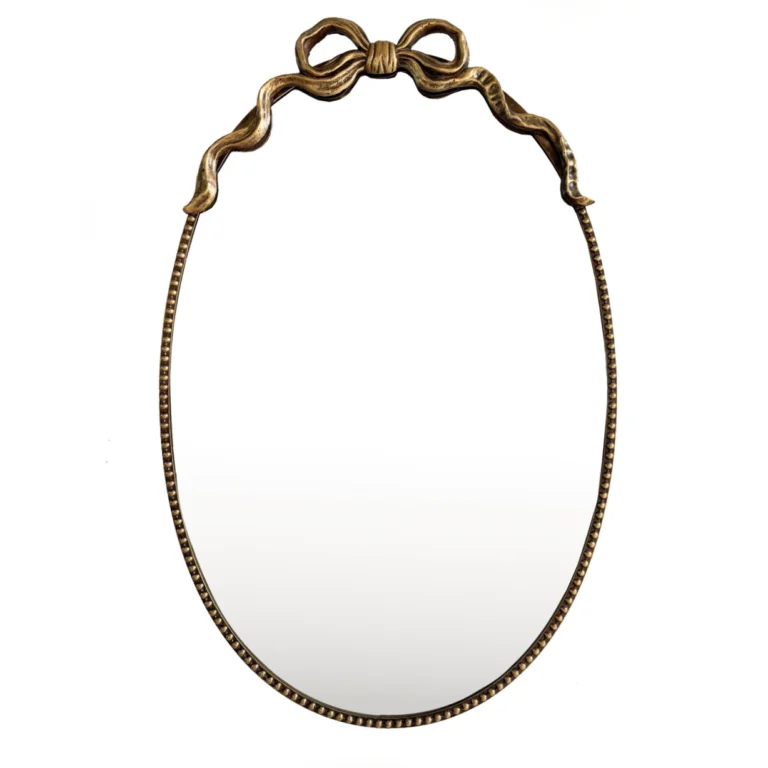
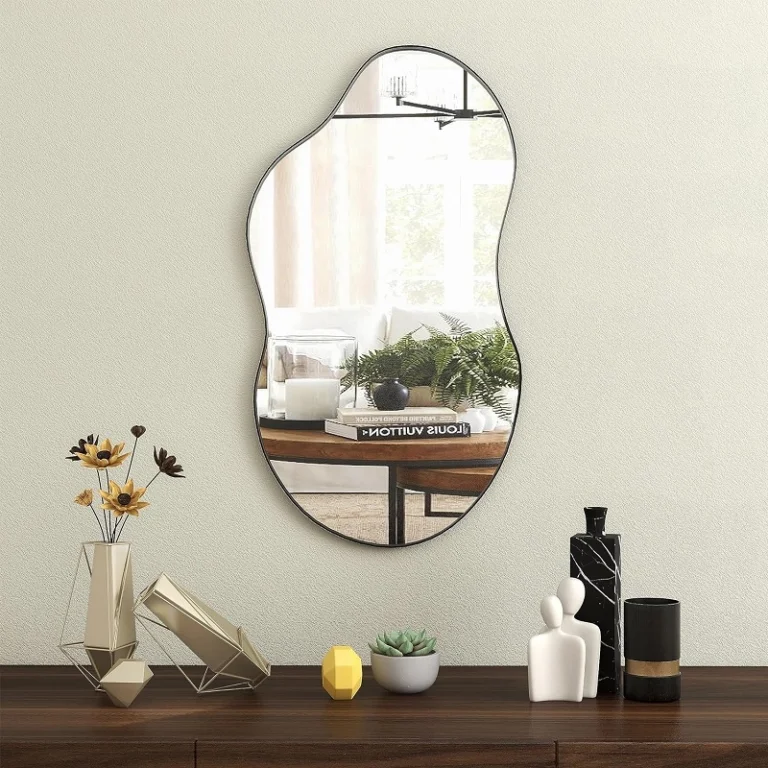
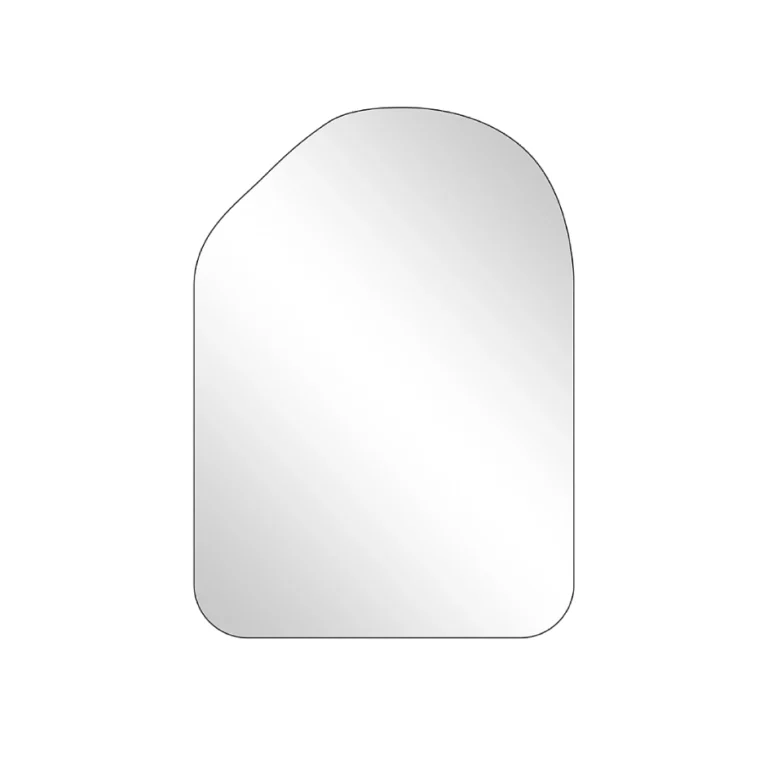

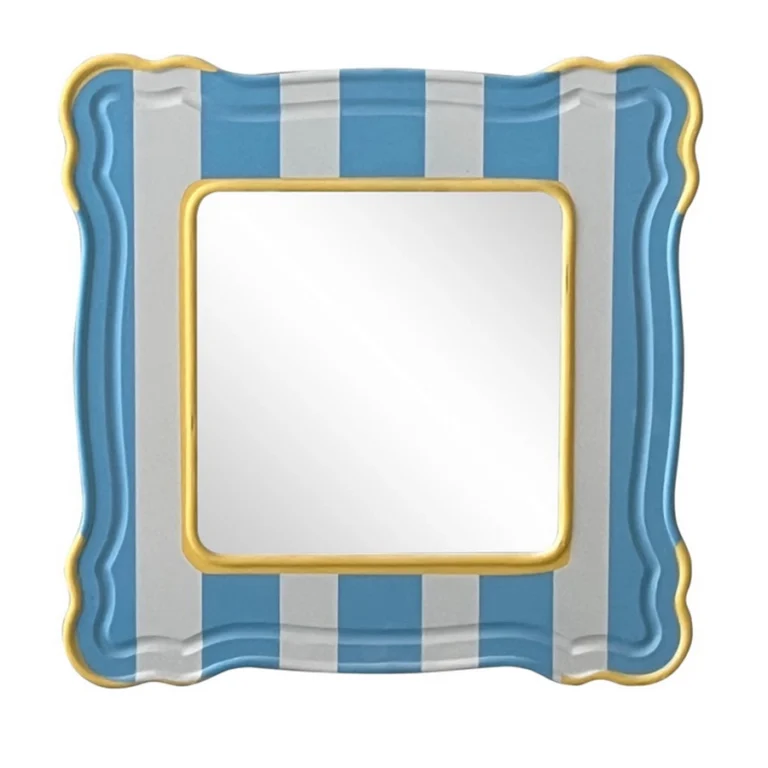
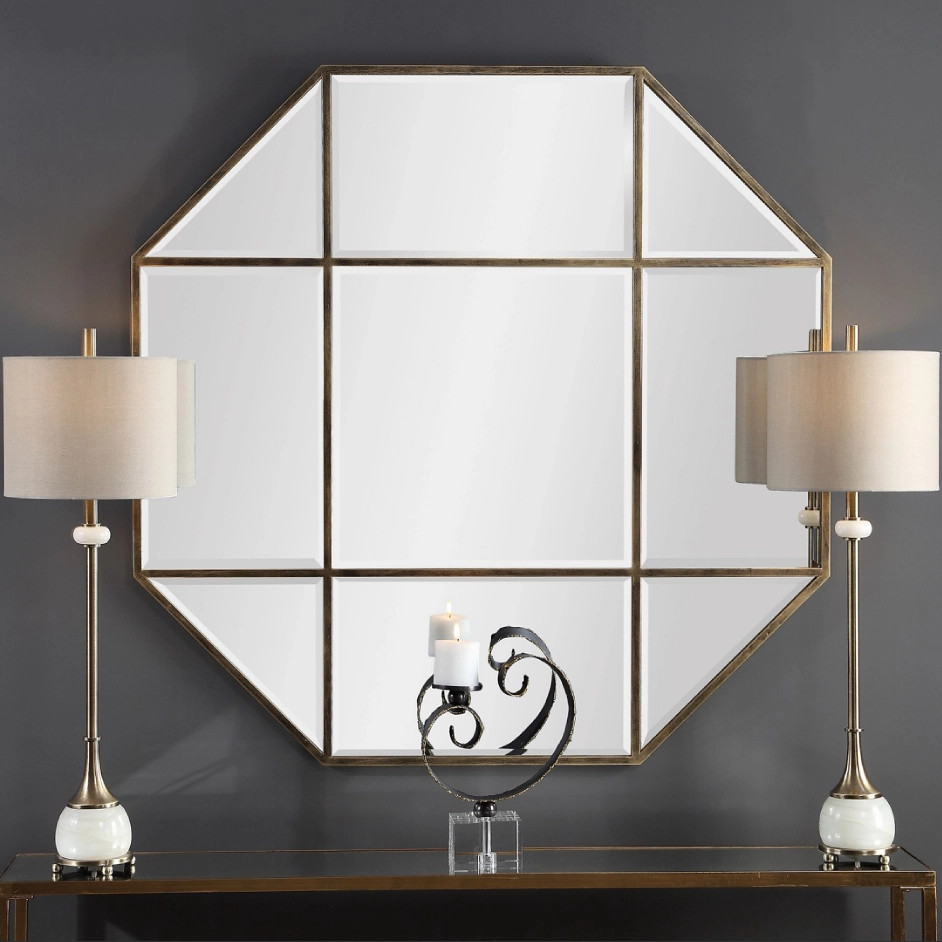
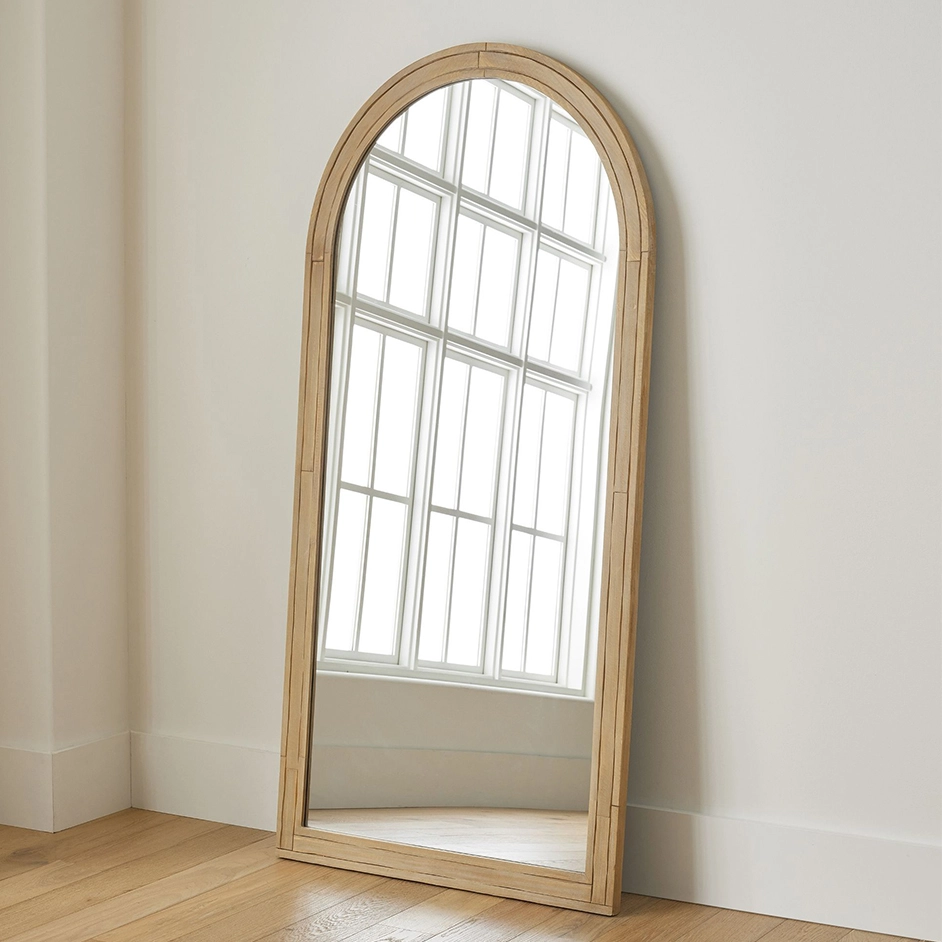
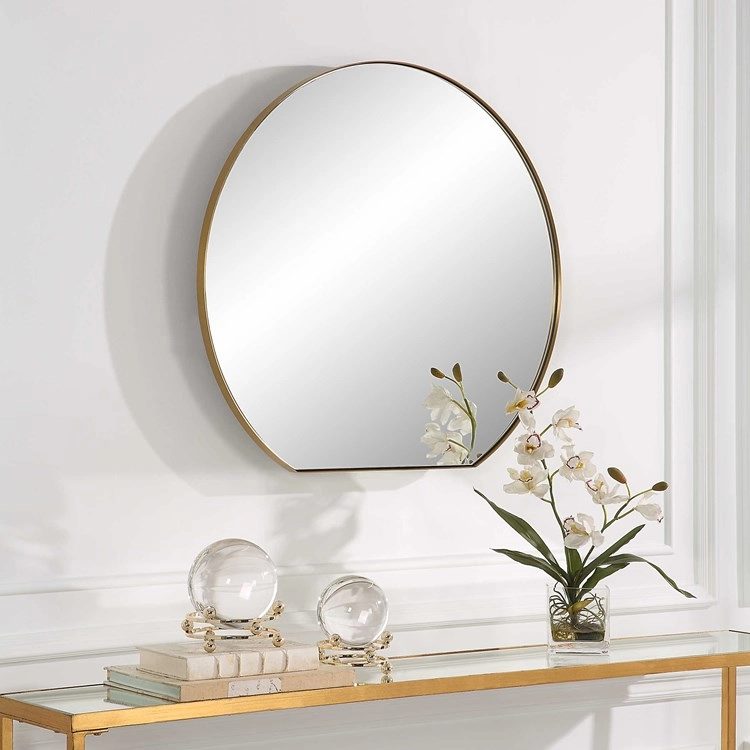
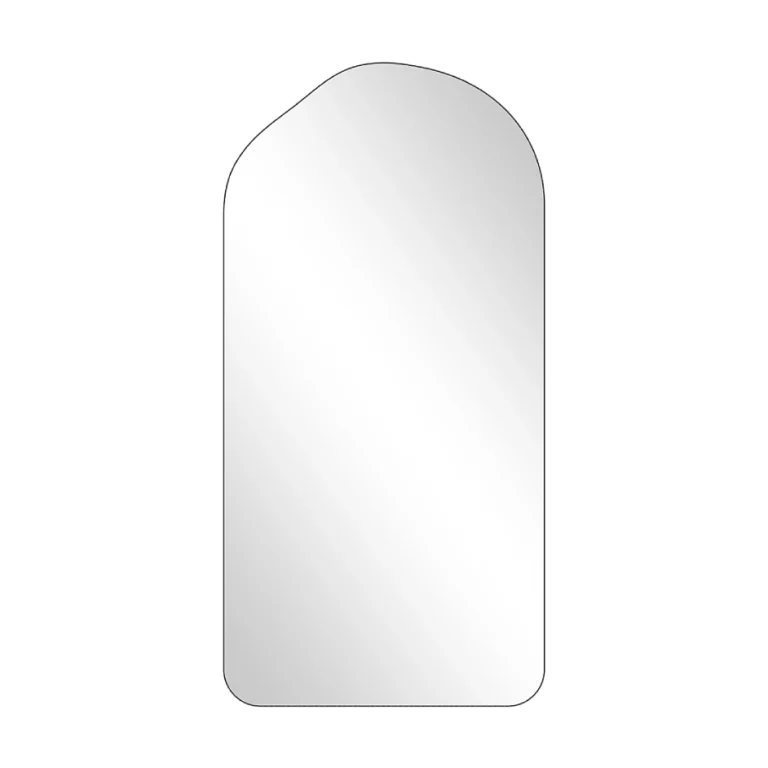
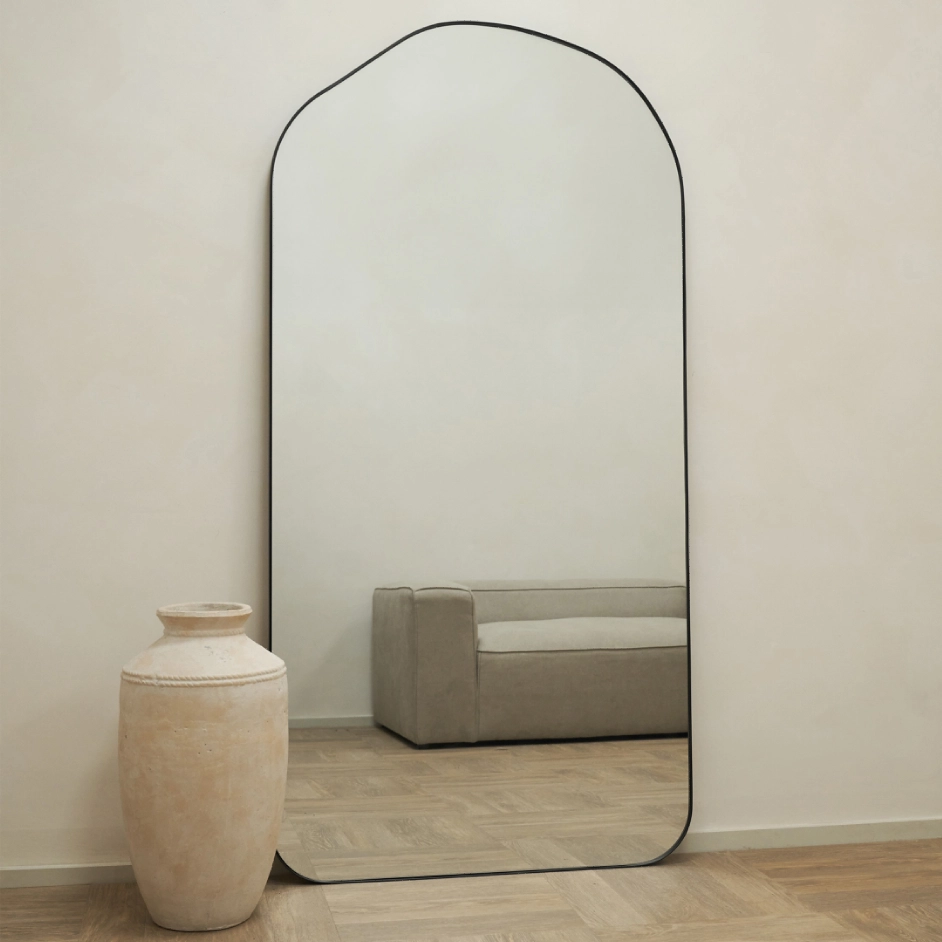
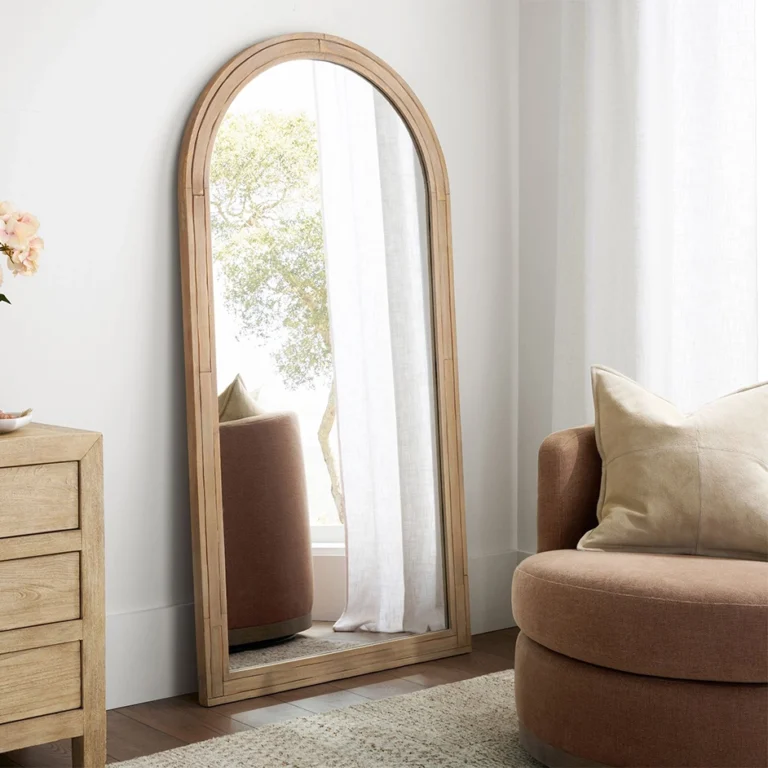
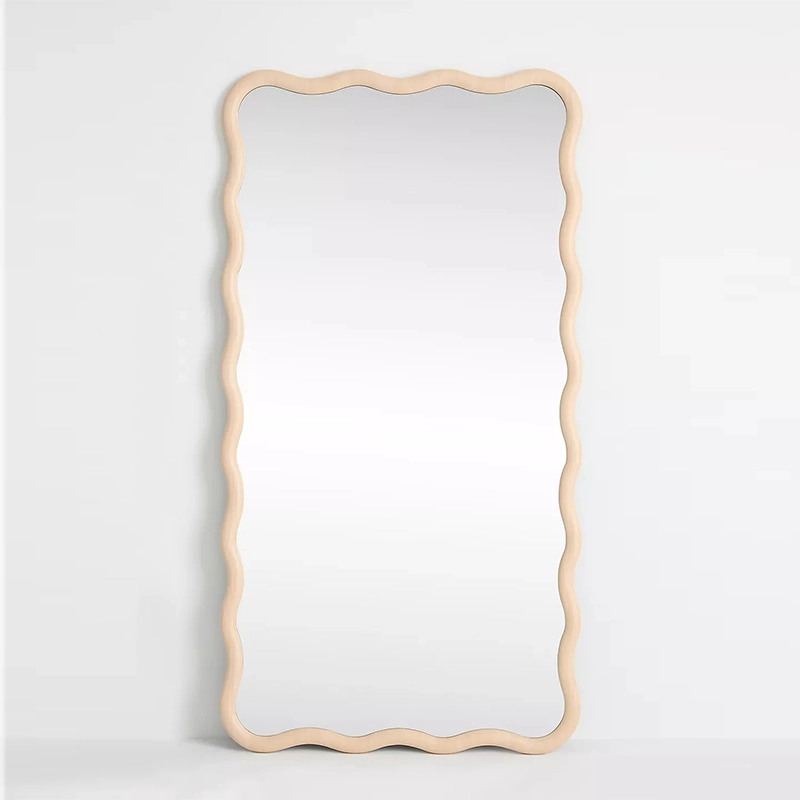
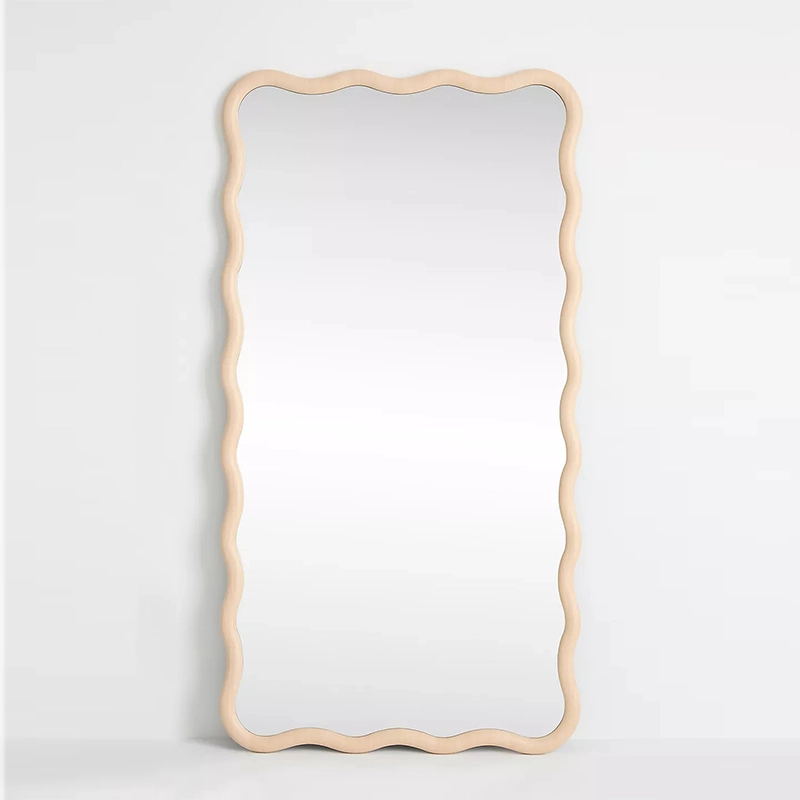
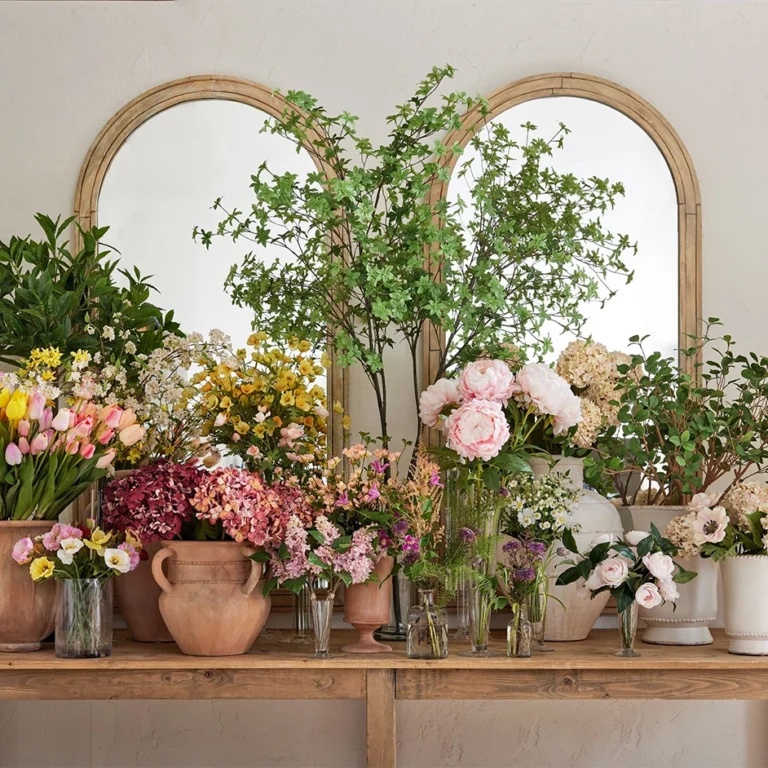
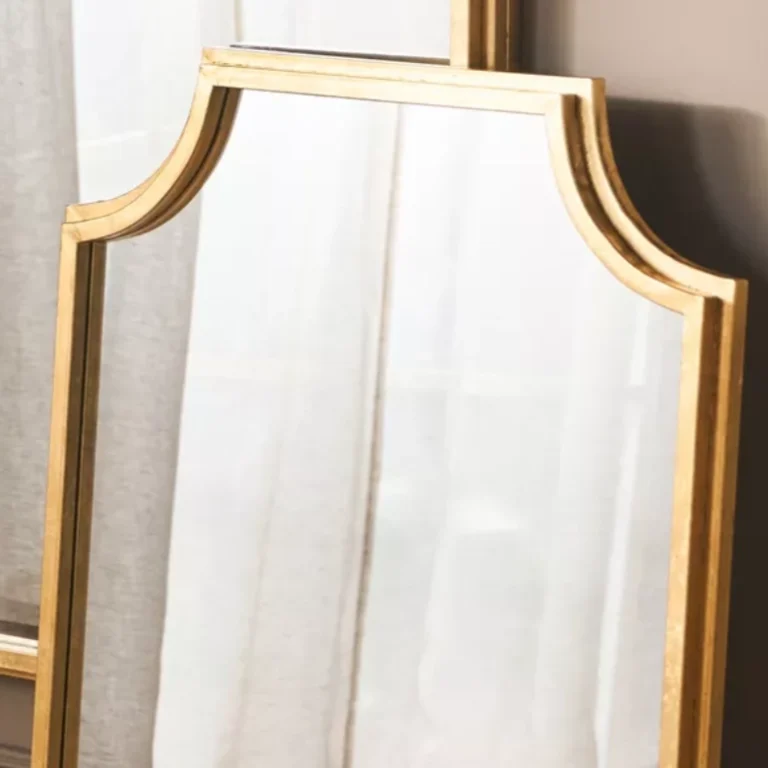



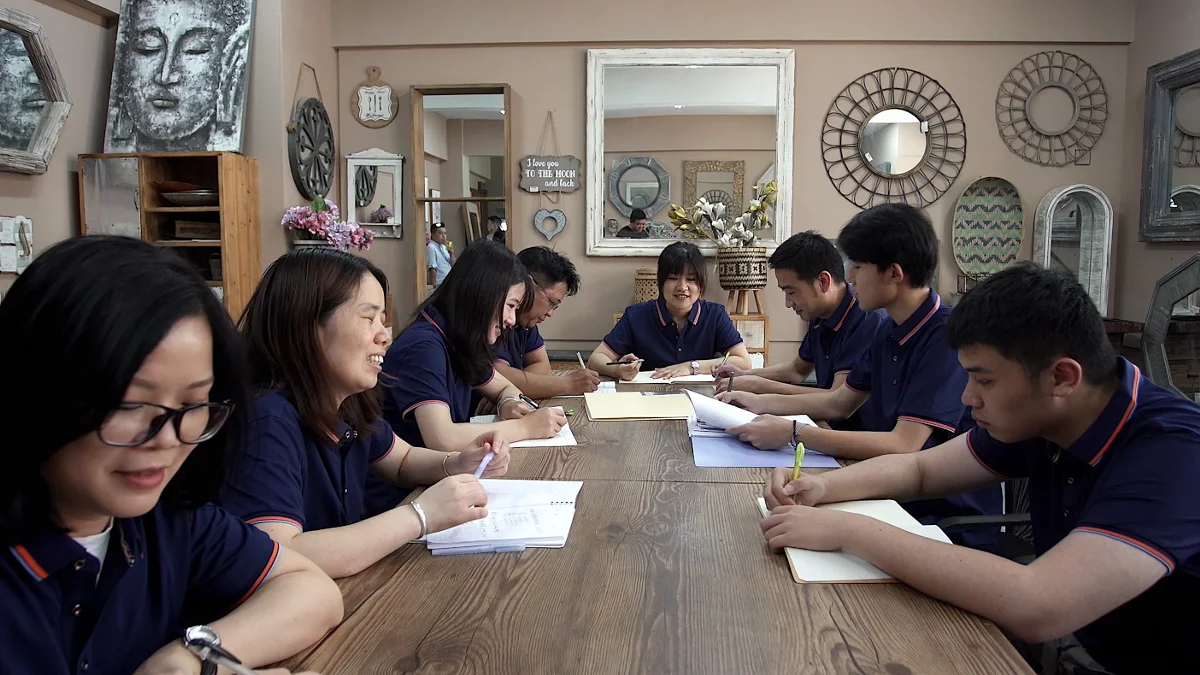
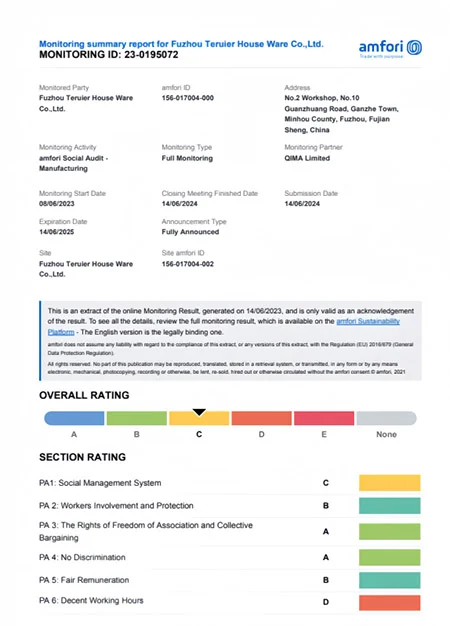
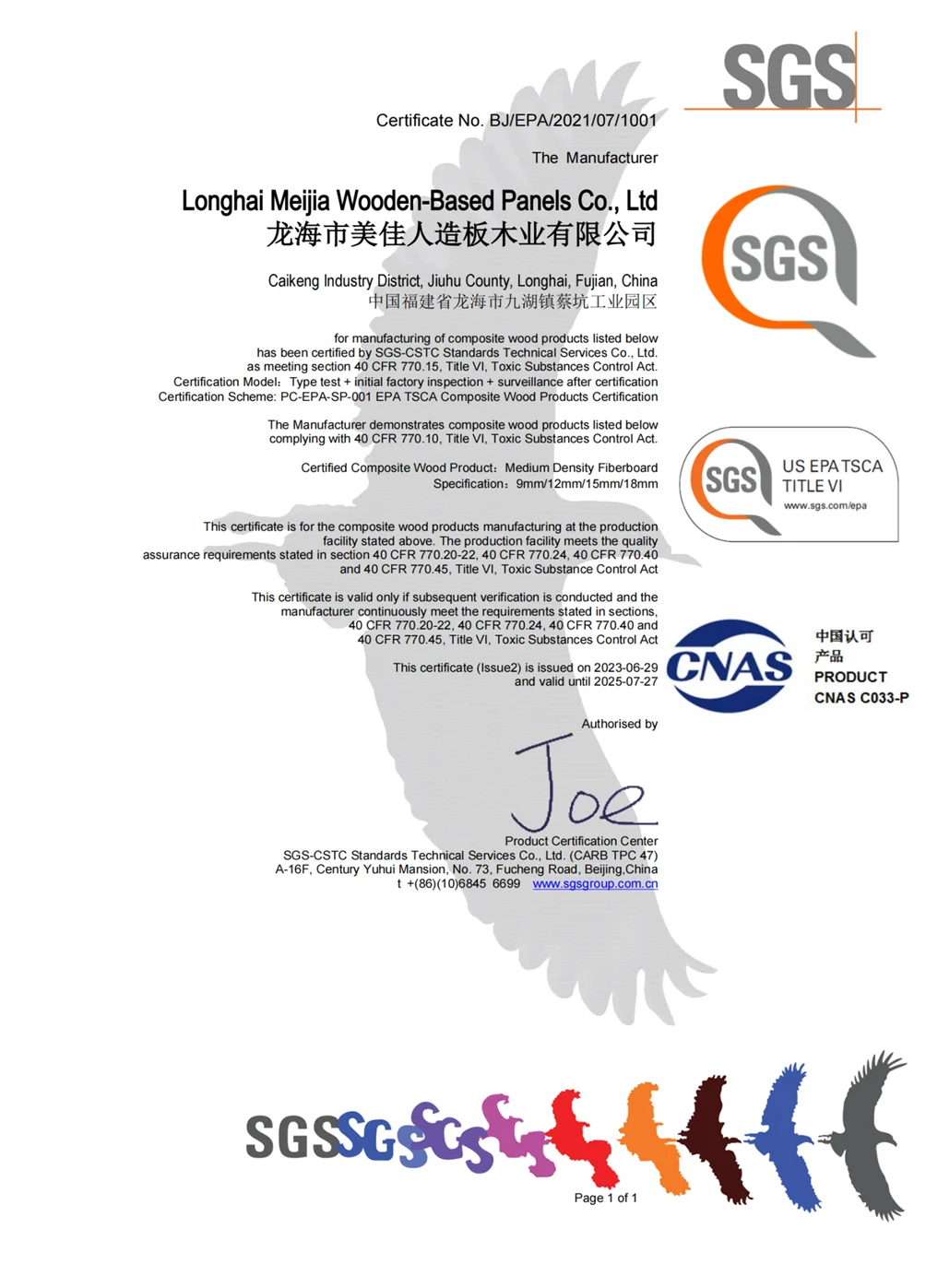

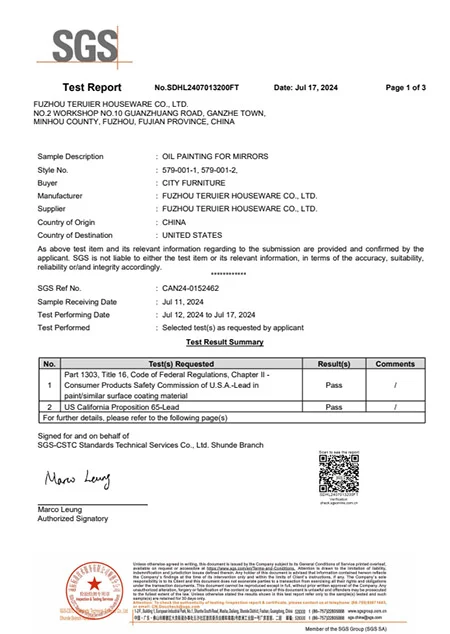
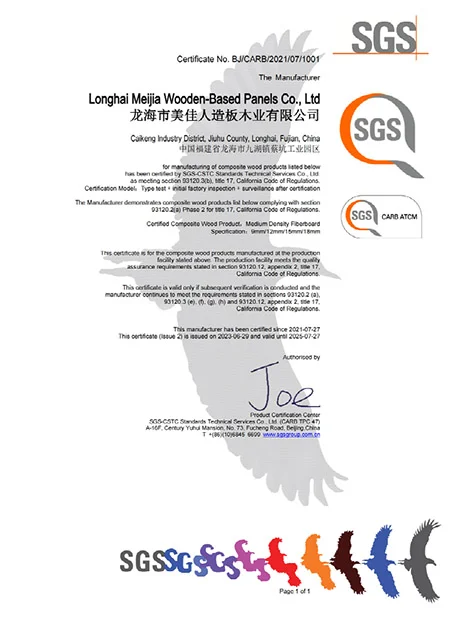
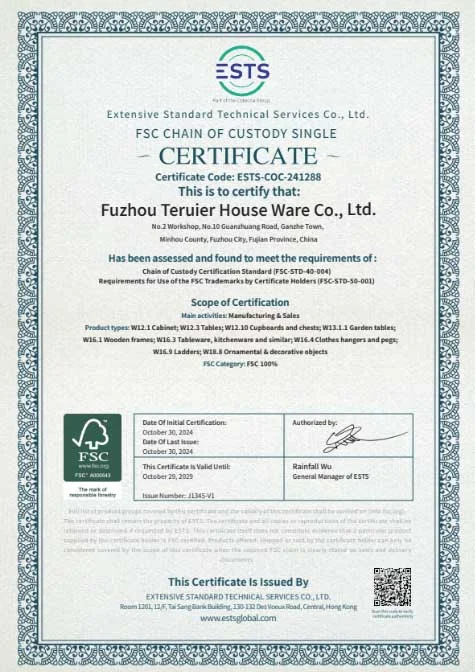
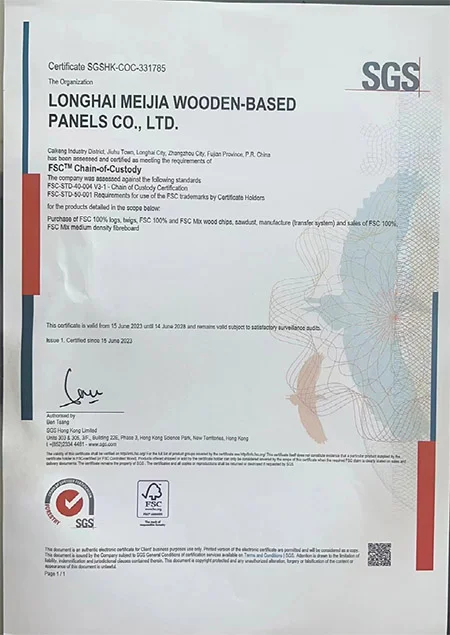
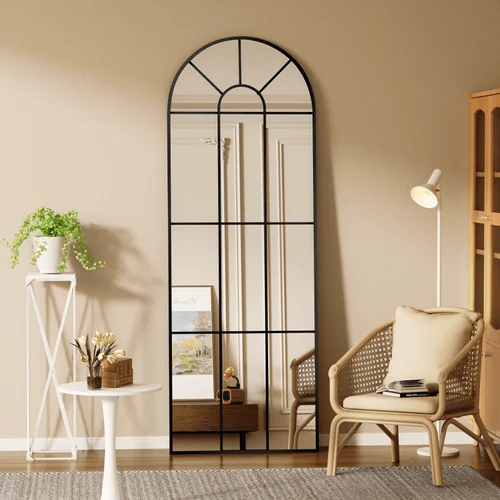
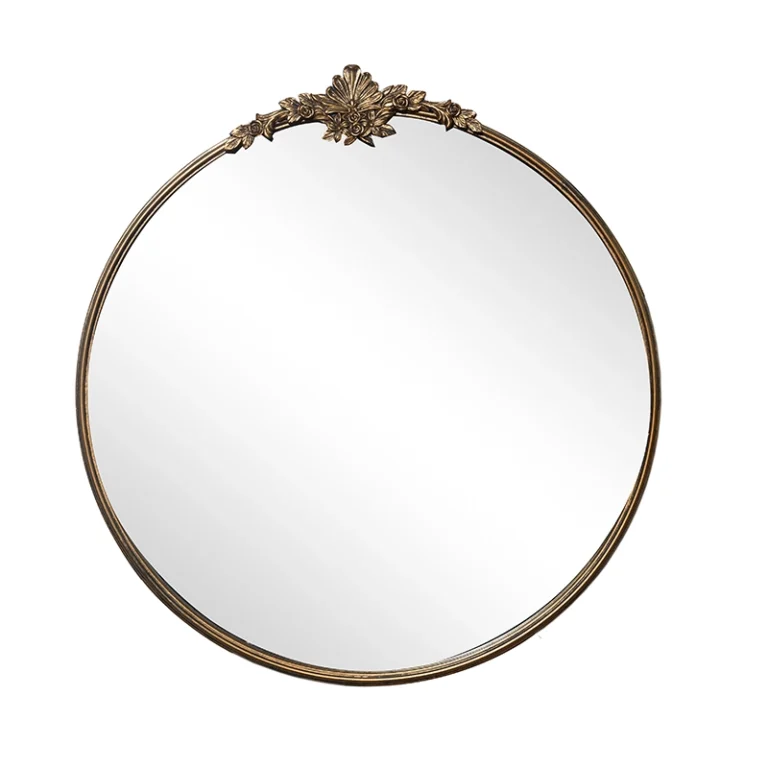
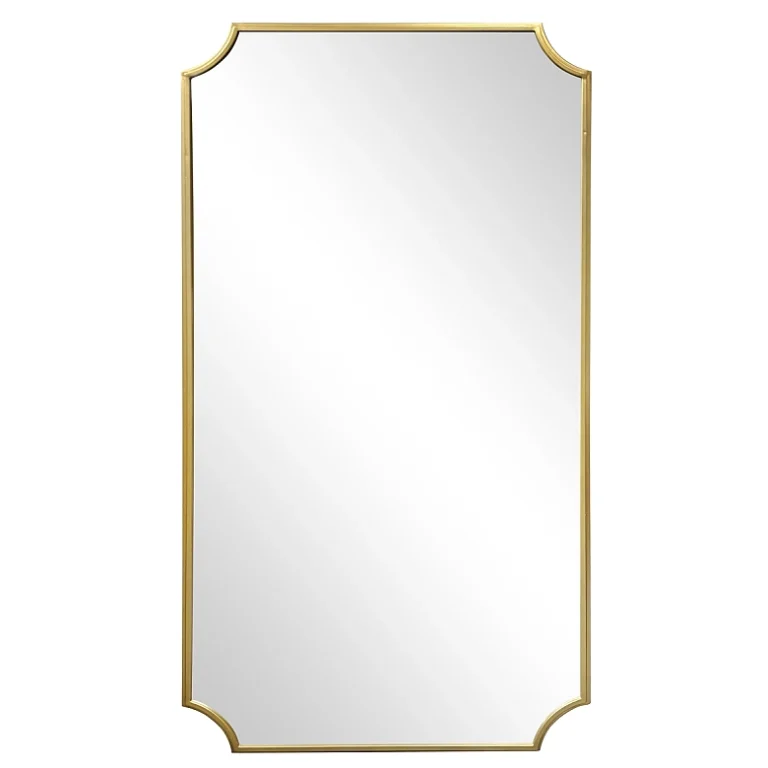
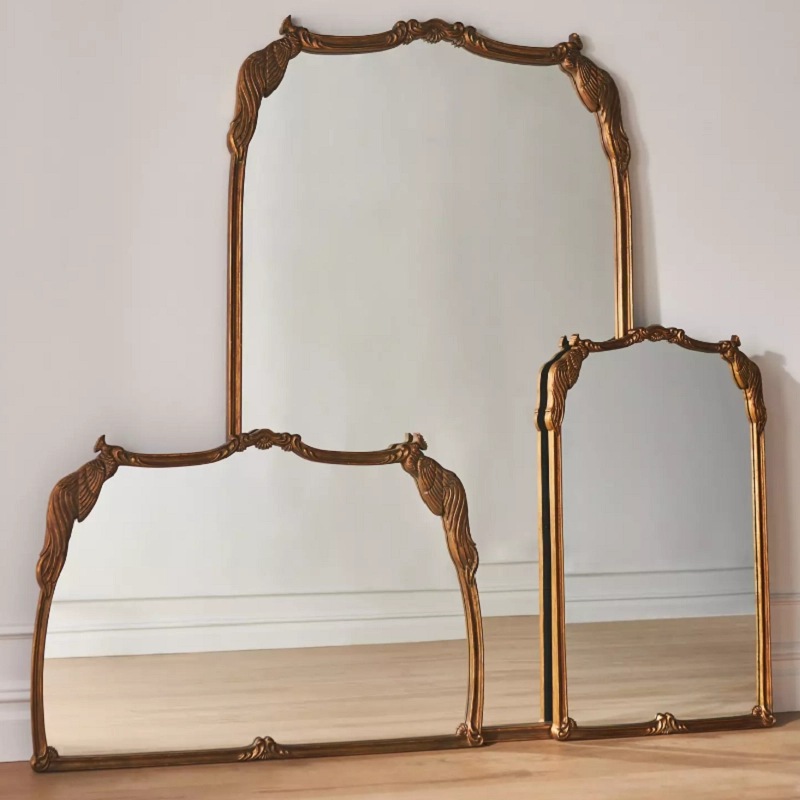


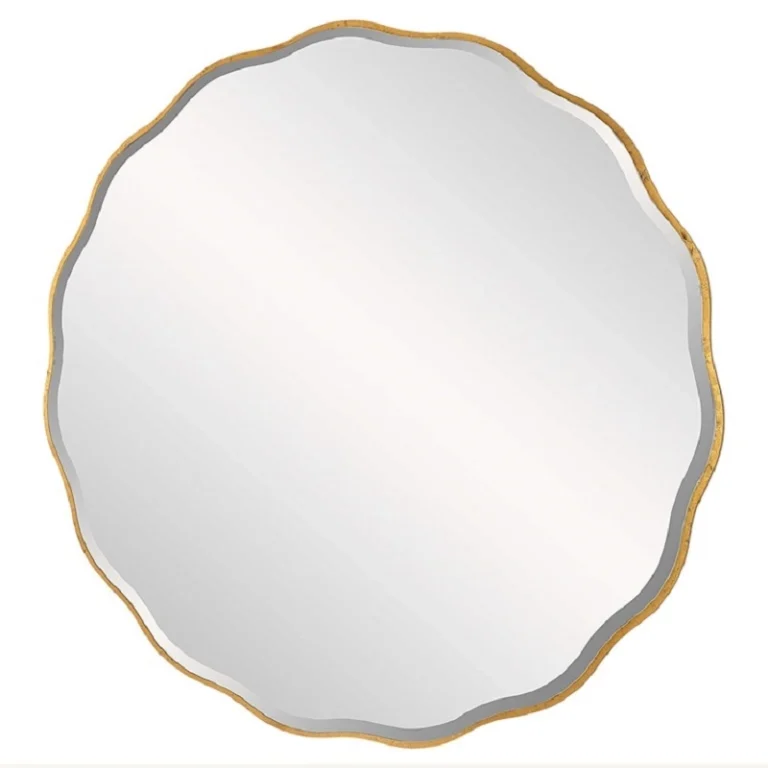
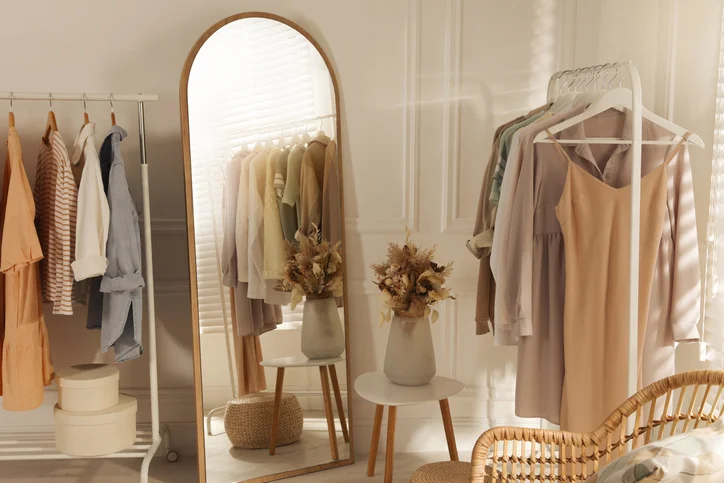

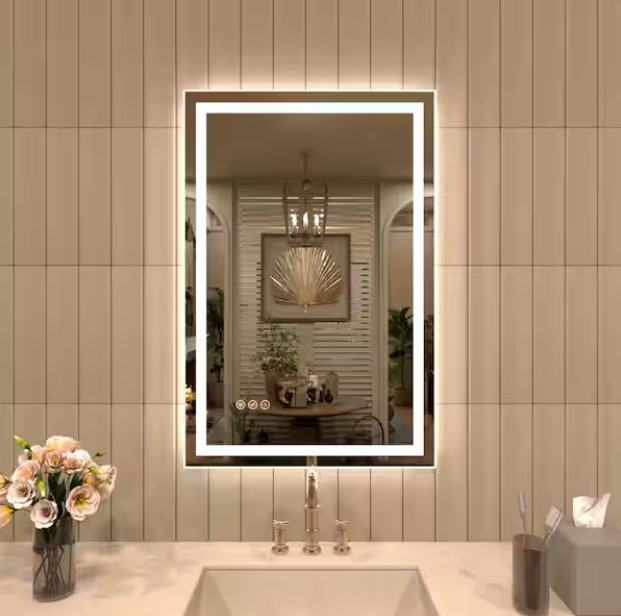

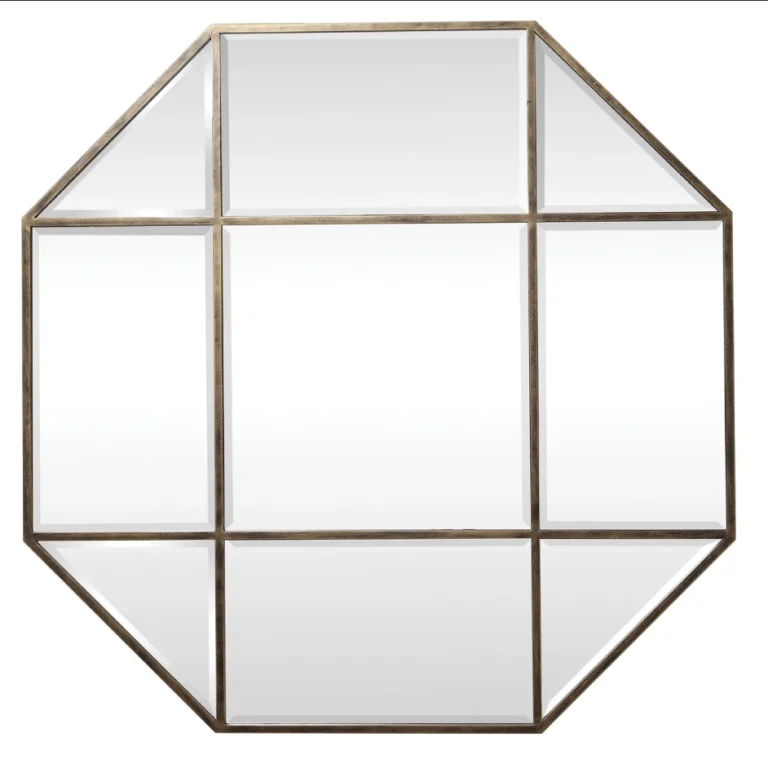
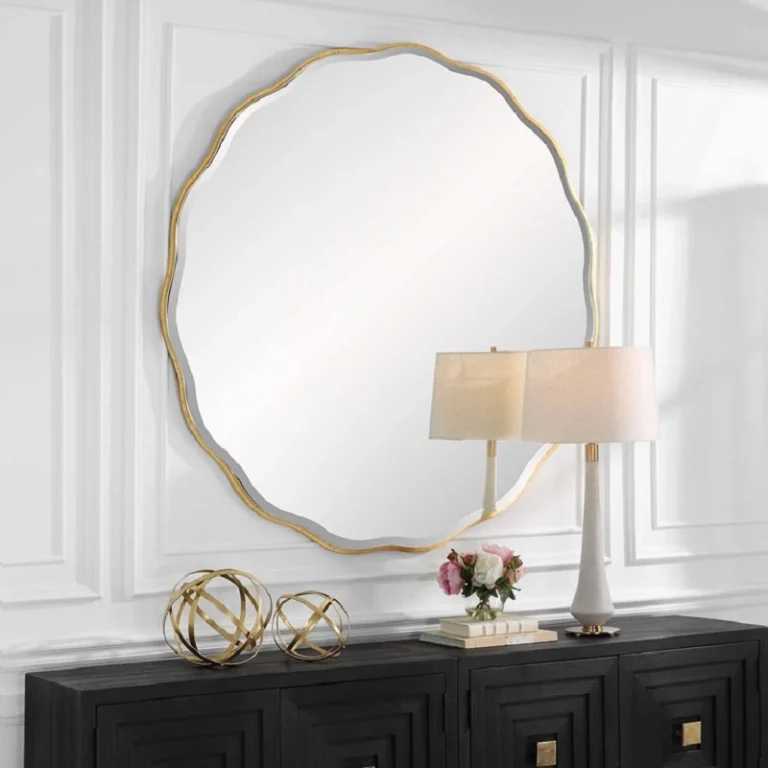
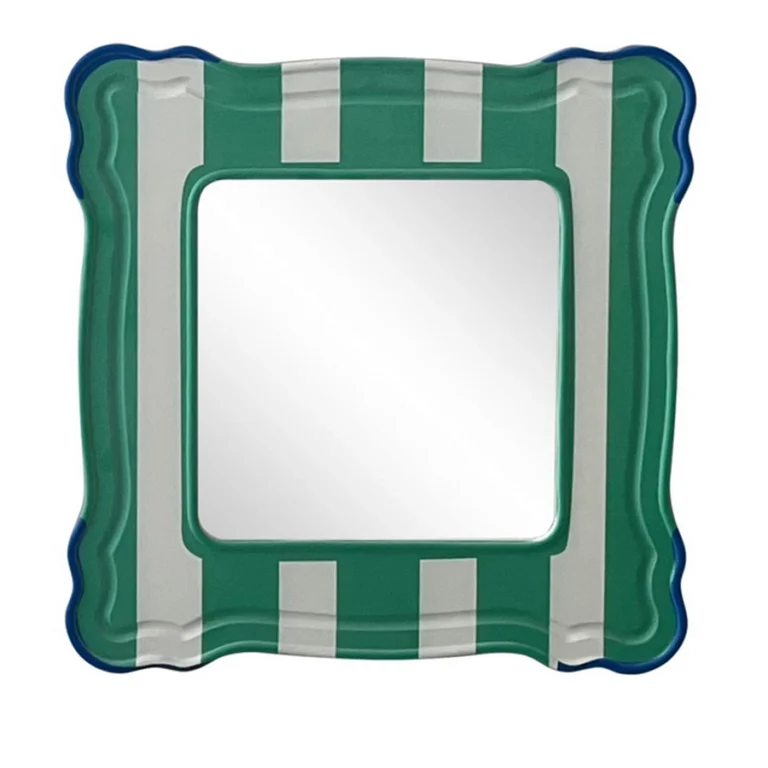
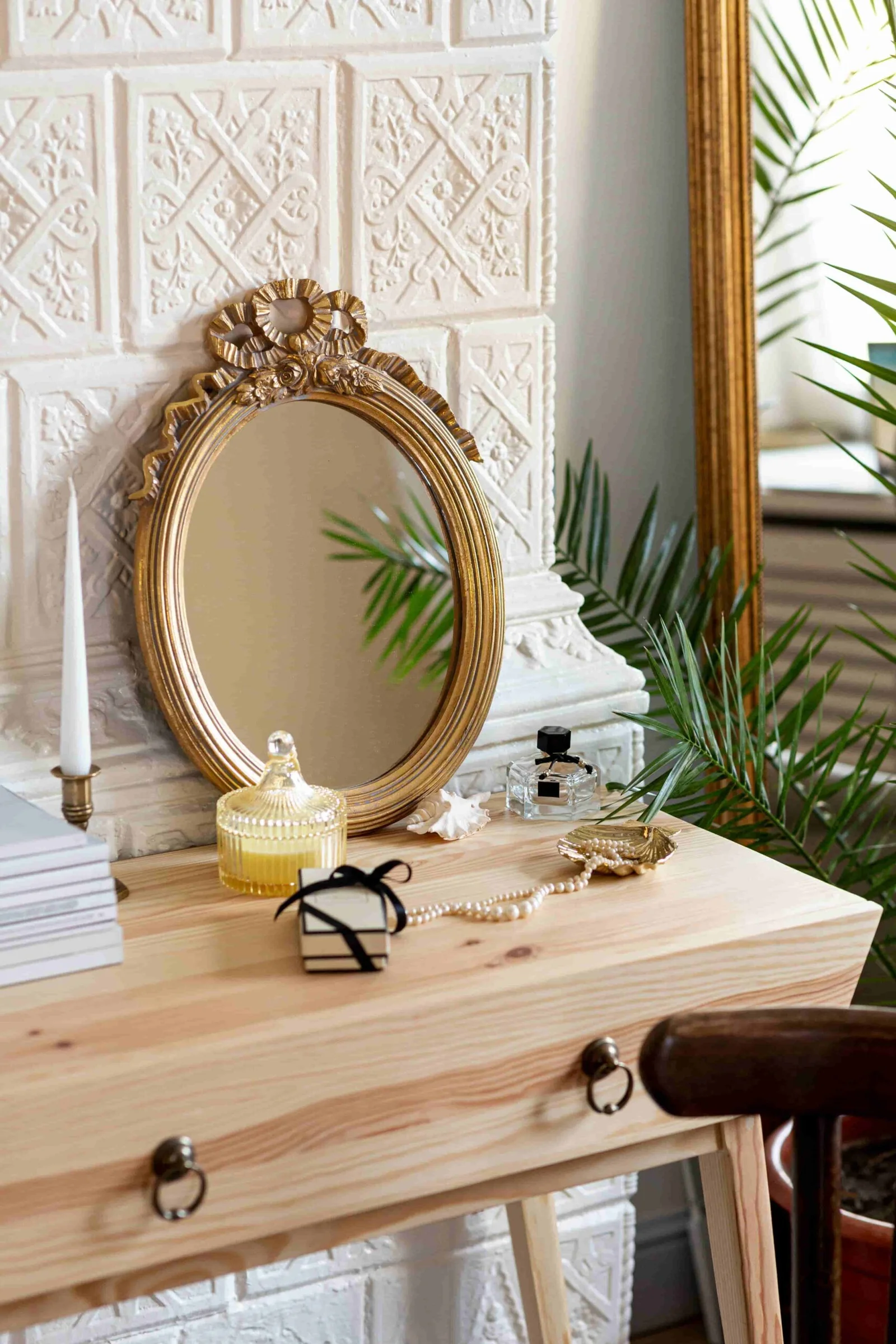

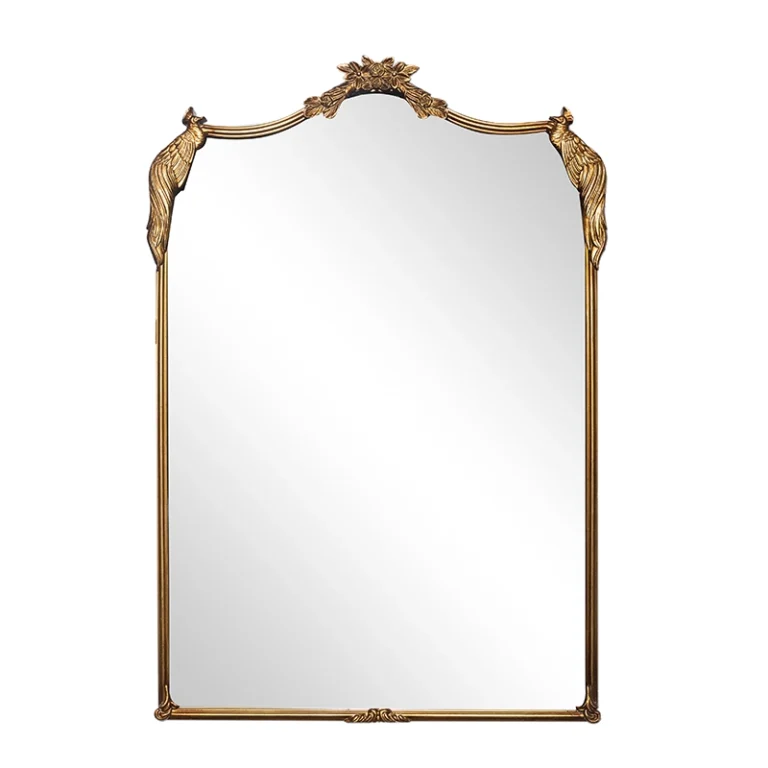
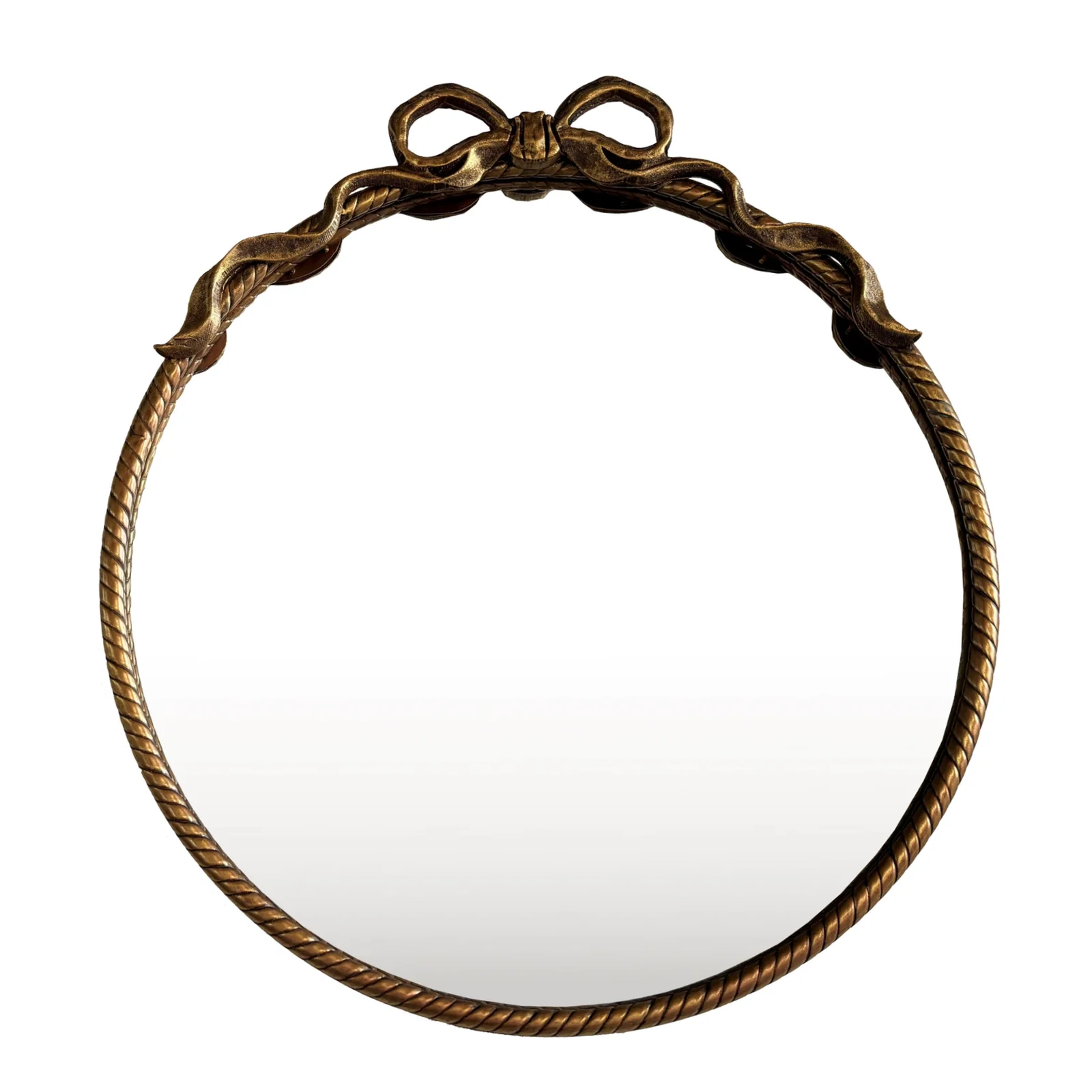
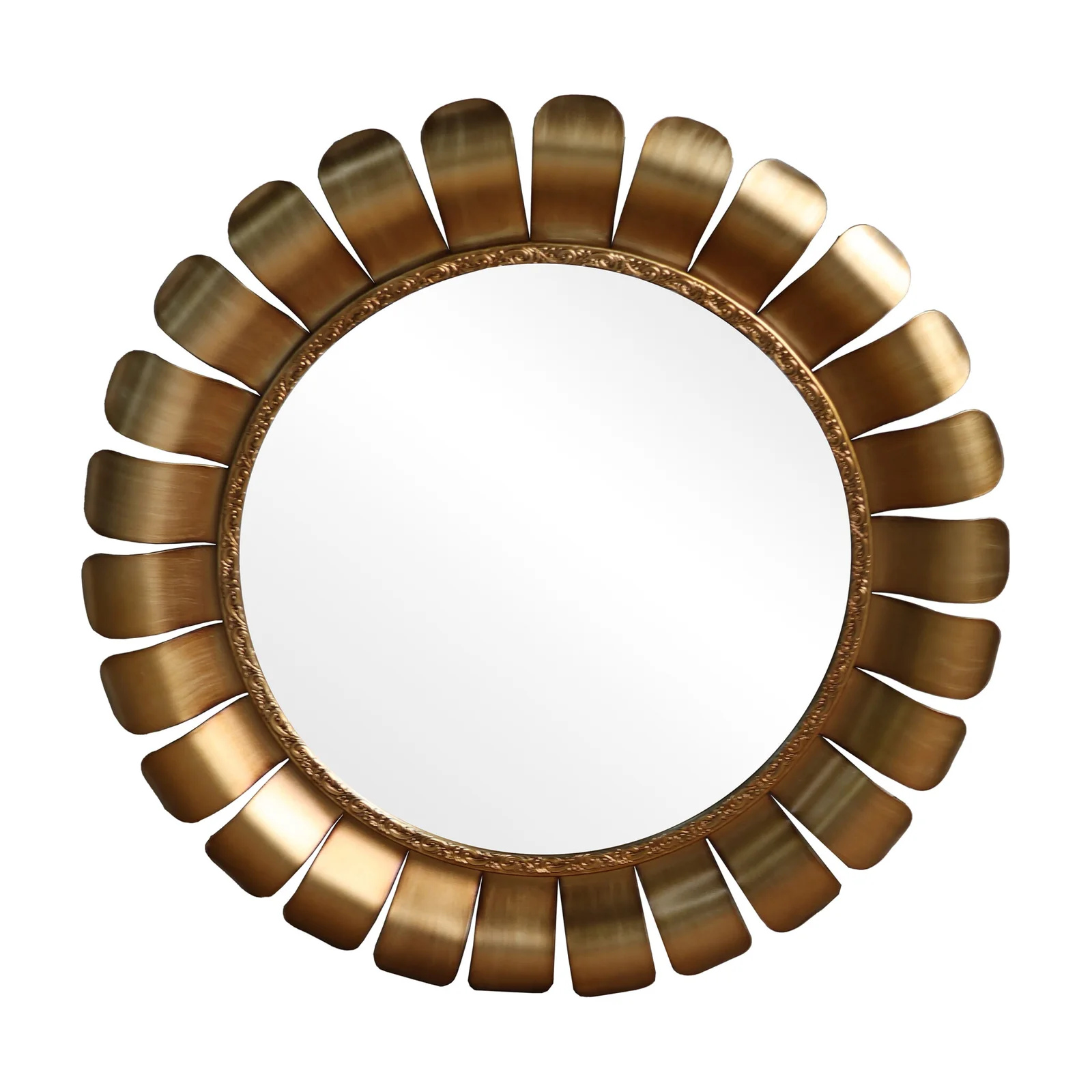
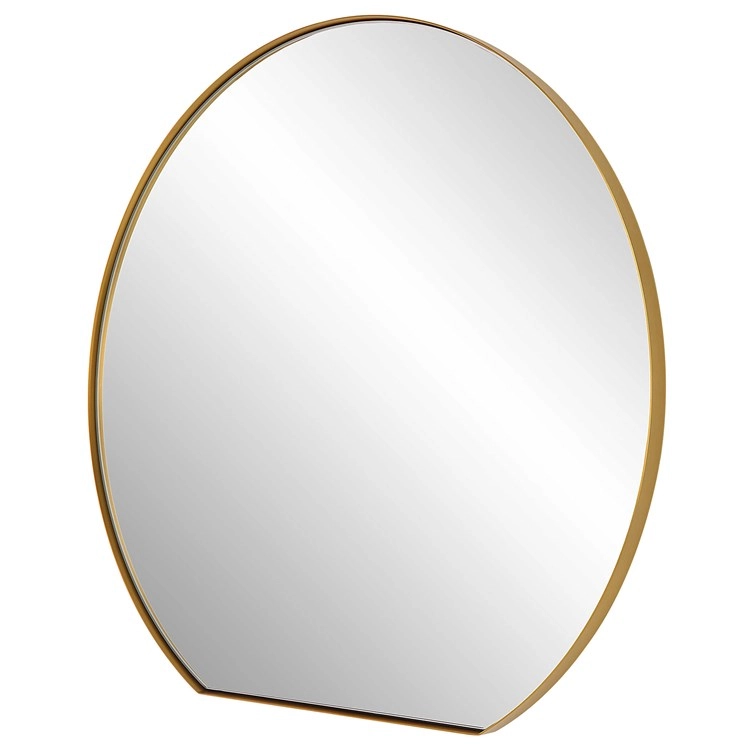
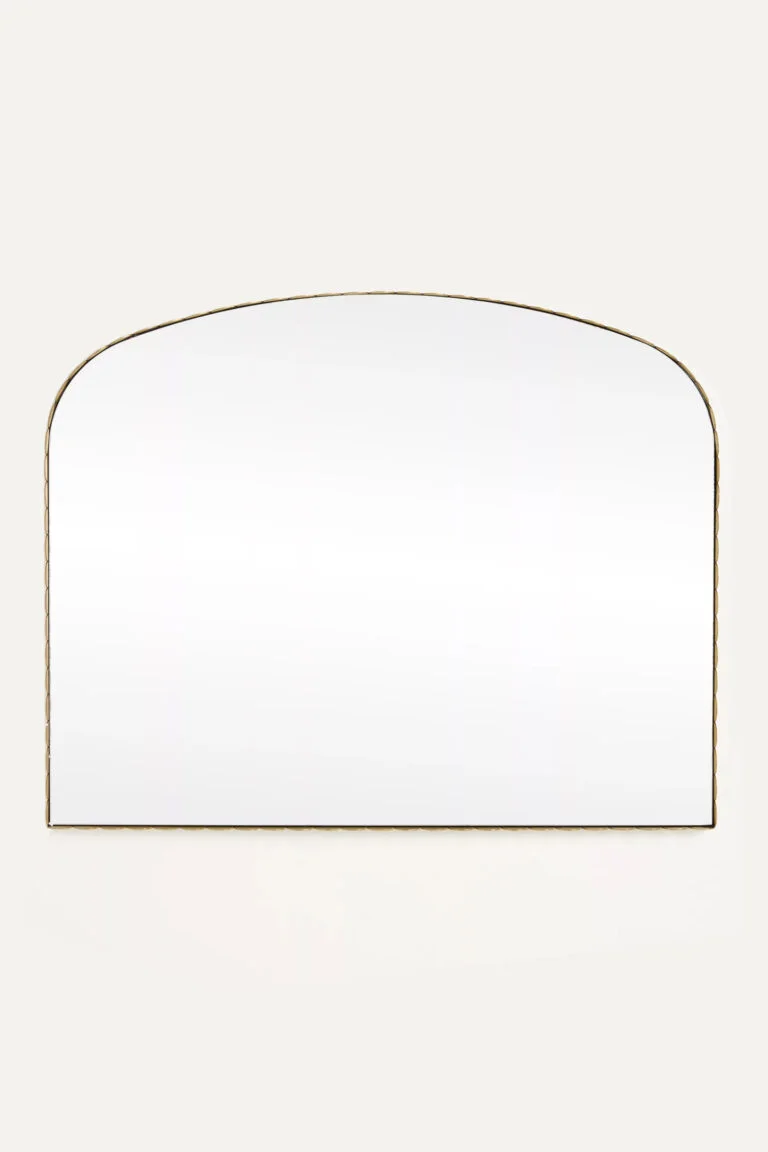
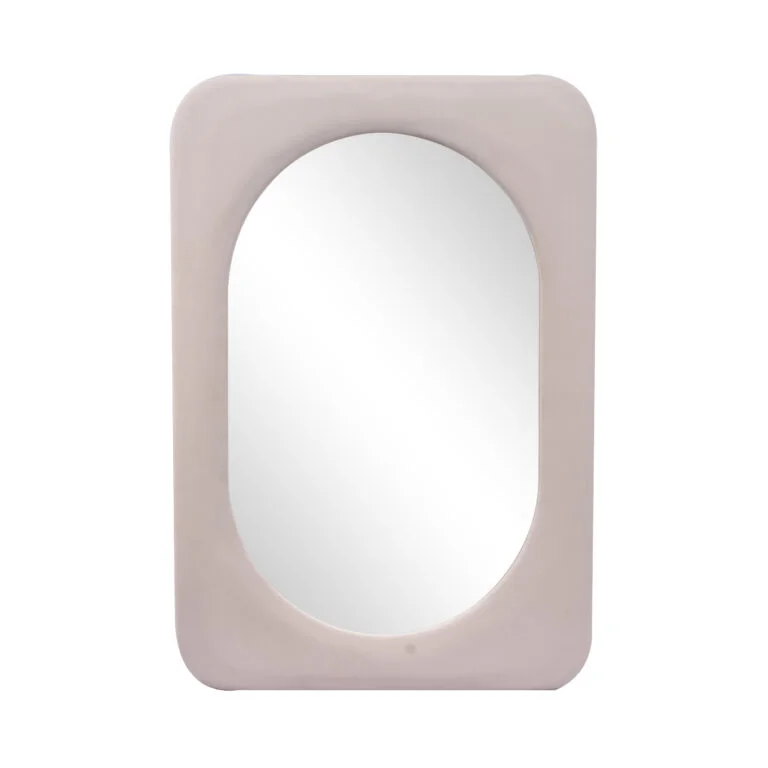
-scaled.jpg)